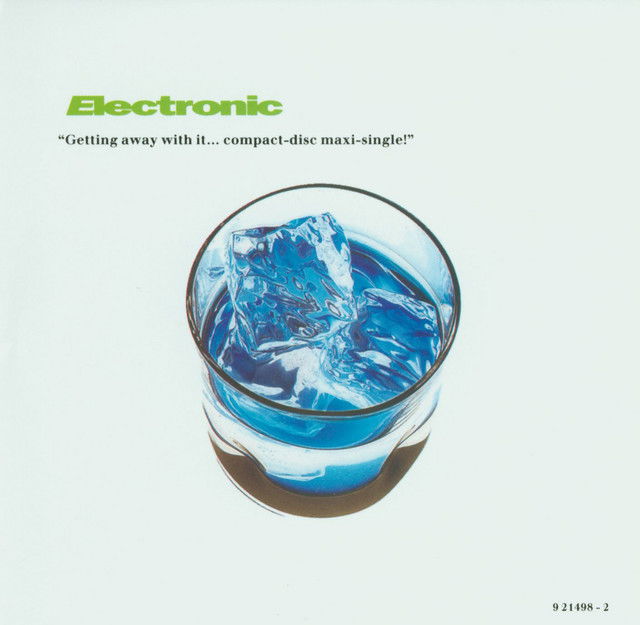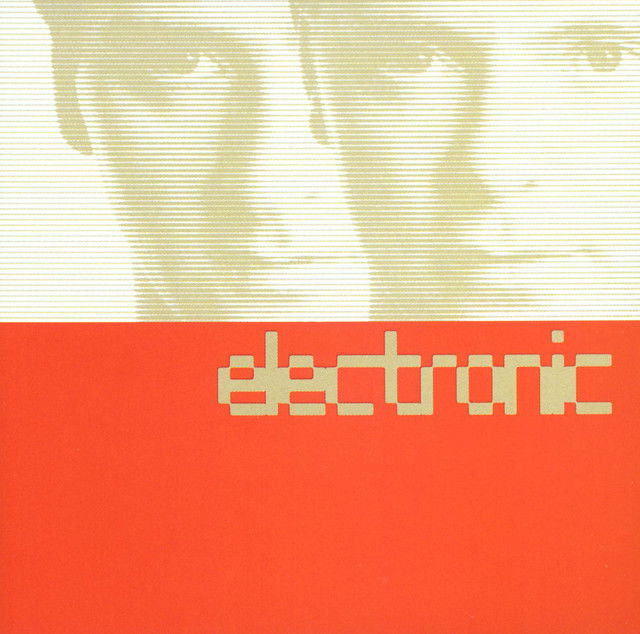Song Stories: Electronic: Getting Away With It
In the icy winter of 1989, just as the last embers of the decade flickered out, a surprising alliance emerged from the synth-pop shadows. 'Getting Away With It', the debut single by Electronic, was a graceful, brooding track that arrived with little warning but immense pedigree. A collaboration between Bernard Sumner of New Order and Johnny Marr of The Smiths with Neil Tennant of Pet Shop Boys adding vocals and lyrical finesse—it was the kind of release that could have collapsed under its own expectations. But instead, it shimmered.
Electronic was, on paper, a supergroup. But 'Getting Away With It' didn’t feel like one of those self-congratulatory, star-powered cash-ins. It felt sly, stylish, and genuinely new an unlikely meeting point of indie melancholia, synth-pop precision, and post-punk polish.
To understand what made 'Getting Away With It' so rich, you have to consider the weight each member brought with them.
Bernard Sumner had spent the ’80s defining what electronic rock could sound like. With New Order born from the ashes of Joy Division, he merged tragedy with technology, layering sequenced rhythms and detached vocals over human emotion. New Order’s genius was always in its paradox: synthetic music that felt deeply real. Songs like 'Blue Monday', 'Temptation', and 'Bizarre Love Triangle' were dancefloor confessions for a generation raised on post-punk angst.
Johnny Marr, meanwhile, was the melodic architect of The Smiths. His guitar playing, ornate and expressive, often seemed like a second voice countering Morrissey’s lyrics—by turns jangled, joyful, and melancholic. When The Smiths disbanded in 1987, Marr was left searching for new ground, a place where his guitar could breathe without being tethered to past narratives.
Neil Tennant, midway through Pet Shop Boys’ imperial phase, had made an art of restraint. His vocals were famously detached, his lyrics dry and clever, balancing camp and critique in equal measure. Tennant brought to Electronic not just pop instincts, but a layer of meta-commentary his presence subtly poking at the egos and archetypes of the indie scene.
'Getting Away With It' was the bands first single, released in December 1989.

On the surface, 'Getting Away With It' sounds luxurious—string arrangements by Anne Dudley (of Art of Noise), lush synth beds, and a mid-tempo groove. But lyrically, it was sharply observed, possibly even biting. The line “I’ve been walking in the rain just to get wet on purpose” is vintage Tennant: theatrical, bitterly amused, and faintly absurd. Many read it as a wry jab at Morrissey’s well-publicised martyr complex, which gives the track a delicious subtext considering Marr’s involvement.
Yet there’s more to it than snark. Sumner’s vocal on the chorus more heartfelt, more direct brings an emotional weight that Tennant’s verses dance around. The contrast between their deliveries creates a strange kind of magic: irony colliding with sincerity, style with substance.
Commercially, 'Getting Away With It' was a solid success, reaching the UK Top 20 and even breaking into the US charts. But more importantly, it signalled something larger: that artists from different scenes could come together not to revisit past glories, but to create something new, and something brilliant.
Despite the early success of the single, it would be nearly two years before Electronic released their full-length debut. 'Electronic', released in May 1991, didn’t try to cash in on the hype. It was measured, refined, and quietly confident, a genre-fluid record that blended synth-pop with indie rock, club textures with thoughtful songwriting.
Unlike the rushed or overstuffed albums that can plague so-called “supergroups”, 'Electronic' played to its creators’ strengths without ever feeling ego-driven. Sumner handled most of the vocals, bringing warmth and introspection, while Marr’s guitar lines added organic texture to the programmed beats. Tennant returned briefly for 'The Patience of a Saint', a track that could easily have passed for a lost Pet Shop Boys gem.
Musically, the album drifts between moods. 'Tighten Up' bursts with bright energy, driven by Marr’s rhythm guitar and a bubbling electronic pulse. 'Feel Every Beat' channels the political edge of late-era New Order, while 'Soviet' and 'Some Distant Memory' explore more ambient, spacious territory. Even within its stylistic diversity, the album maintains cohesion. It’s an album of cool surfaces and emotional undercurrents, music that rewards close listening.

The emotional centerpiece of the album is 'Get the Message', released as a single in spring 1991. It’s the song where Electronic’s vision comes into full focus: a blend of rhythmic elegance, melodic clarity, and lyrical vulnerability. Built on a slinky, looped groove and Marr’s sparkling guitar, it’s as inviting as it is introspective.
Sumner’s vocals are soft and questioning: “I don’t know where to begin / Living in sin / How can we talk?” It’s a far cry from the arched eyebrows of 'Getting Away With It' this is direct, even earnest. Marr’s guitar provides the heartbeat, gently nudging the track along with his uniquely melodic phrasing.
The song reached the UK Top 10, confirming that Electronic wasn’t just a studio project or indulgent experiment it was a viable band, and 'Electronic' a credible, compelling debut.
Fans lucky enough to see them live witnessed something rare: not nostalgia, but reinvention. Marr played with renewed purpose, and Sumner, freed from the expectations of New Order, delivered vocals with a looseness that surprised even longtime fans. The chemistry that had seemed so careful on record was more fluid, more immediate, in person.
Lyrically, 'Getting Away With It' jabs at ego and self-pity, but it also embraces contradiction. It’s cynical and sincere, emotionally aloof and quietly wounded. That dynamic runs through all of 'Electronic', an album that finds common ground between machines and melodies, rhythm and reflection.
More than three decades later, both the single and the album still feel oddly futuristic. 'Electronic' didn’t ride any particular waveit carved out its own lane. In a time when genres were still rigid and tribal, Sumner and Marr showed what could happen when artists stepped outside of the walls they'd helped build.
Thank you for reading
Jack